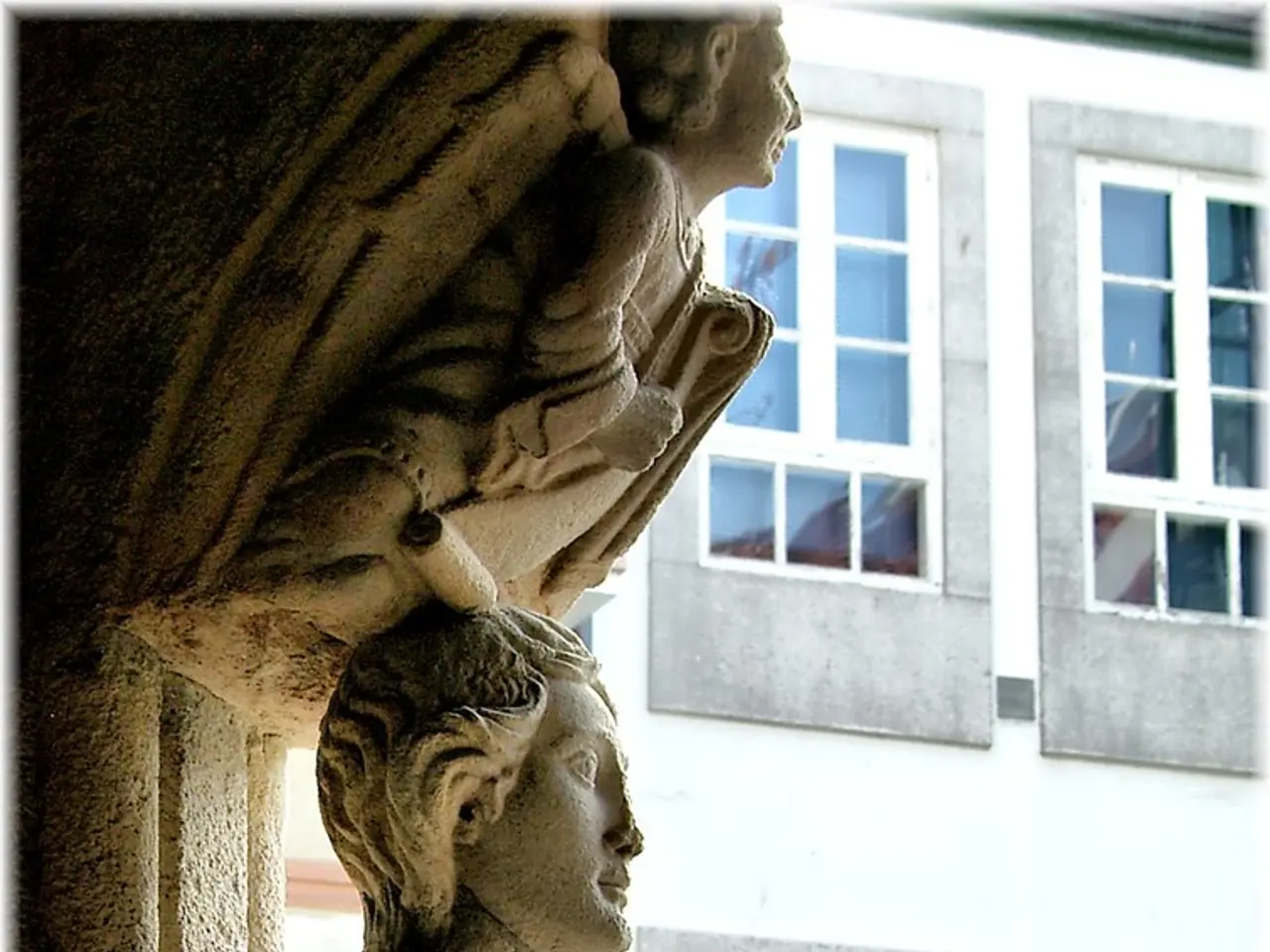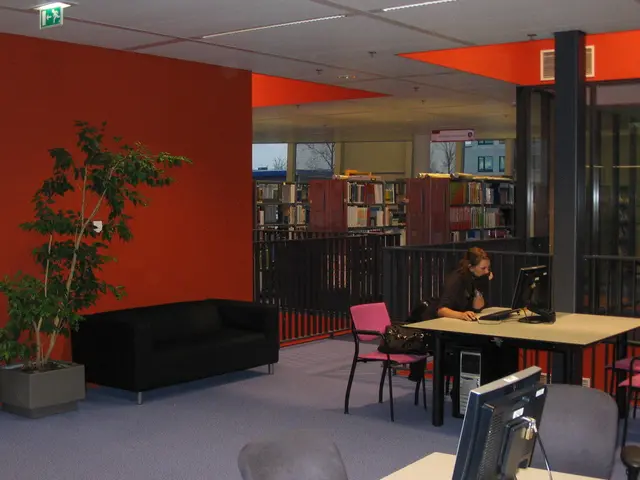Redefining the Past: The Resurgence of Mirrored Walls in 2025 - Exploring the Enthralling Allure of a once "Retro" 1970s Style
Mirrored Walls: A Resurgence in Modern Interior Design
Mirrored walls, once a symbol of a home in need of a refresh, have seen a significant resurgence in popularity in the realm of modern interior design. This trend is driven by a desire for glamour and maximalism, with minimalism gradually losing favour.
Designers are opting for variations of mirrors with a vintage feel, such as bronzed, antiqued, or tinted mirrors, to bring a bit more subtle mood to spaces. For instance, Gabriel Hendifar, co-founder of NYC's lighting and furniture studio APPARATUS, installed bronze mirror wall paneling in his apartment to create a glamorous effect for intimate dinner parties and gatherings.
In a similar vein, the mirrored cladding in a Krakow apartment serves as a room divider between the bedroom and bathroom areas, augmenting space and light. The mirrored wall at the center of a corner loft in Tribeca includes mirrored doors that open to a kitchen, bathroom, and laundry room, enhancing the natural light in the space and reflecting the apartment's generous windows, bathing the walls with soft, refracted light.
Mirrors reflect their surroundings, making rooms appear bigger and brighter. This is evident in the 'KIER' apartment in Cologne, Germany, where mirrors were placed near windows in the kitchen to create a double feature and make the countertop appear longer. Strategically placed mirrors can make interiors sleek and bright, similar to the effect of cool, chrome metals in design.
Mirrored surfaces can be used to expand the feeling of space, especially in apartments with limited space. For those who cannot afford entirely mirrored walls, a smaller mirror can be an investment that still offers the benefits of reflection and illusion.
Designers are also experimenting with the use of mirrored walls in unexpected places. Studio Akademos in Paris hangs art directly on mirrored walls, creating a visual effect where pictures seem to be floating in mid-air. Mirrored walls are not limited to traditional locations like over a fireplace or in a closet, but are being used in walls, doors, and even kitchen islands.
Mirrors can offer meaningful moments of self-reflection and heighten a person's connection to an experience in real time. They can also serve as a reflection of the designer's aesthetic, as showcased by the designers EBA, who showcased reflective, colored objects that emphasize the mirrored surfaces of the Barcelona Pavilion, blurring the boundaries of the space and creating "paradoxical symmetries" in their installation.
The price of the mirrored nightstand mentioned in this article is $539. The trend towards mirrored walls is a testament to the enduring appeal of reflection and illusion in modern interior design. As spaces become smaller and more intimate, the use of mirrors to create the illusion of expansiveness and brightness is a design choice that is here to stay.
Read also:
- Taylor's Concept of Motivation: Functioning, Key Principles, and Controversy
- Impact of Candle Use on Health and Selecting Safer Candle Options
- Latest Updates in Autonomous Vehicle Sphere: Qualcomm, BMW, Waymo, Carteav, AEye, Flasheye, Pony.ai, Mowasalat, Valeo, Momenta, and NHTSA under the spotlight
- Federal health agency reinitializes the timeline for anticipated hair testing regulations








